
Ever since our founding in 1555, Chiso has been producing a wide variety of dyed and woven textiles
that reflect the beauty of each era by assembling the finest techniques available in each period.
Rooted in Kyoto over centuries, with our in-depth knowledge and skills that we cultivated,
we have been evolving our path from the past to the present, and future, together with our pursuit of beauty as well as cultural expansion.
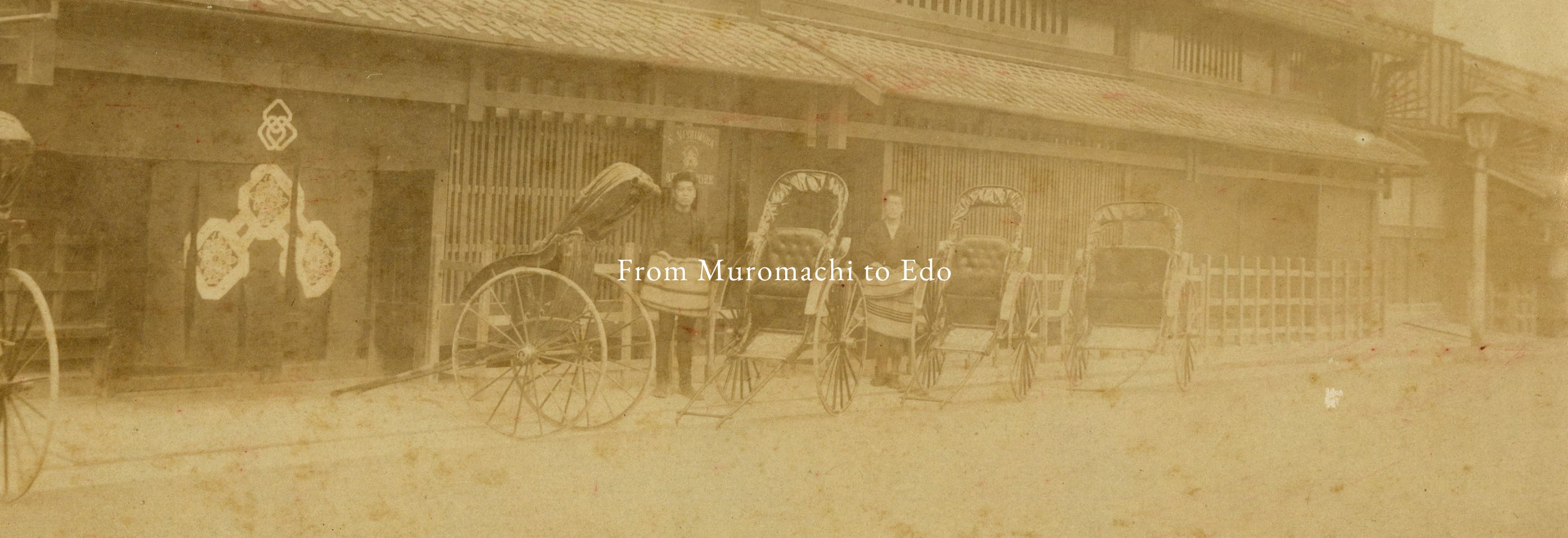
Chiso was established in the central part of Kyoto in 1555 as a merchant specializing in providing the garments for monks or aristocrats.
The profession of Chiso’s forebearers was as carpenters specializing in shrine construction.
Especially, they provided the Chikiri-dai (special platforms used for sacred offering for the deity) * to Kasuga Taisha Shrine in Nara.
With this as its origin, Chiso designed a trademark from the Chikiri-dai,
choosing the tachibana (Japanese orange) flower as the family crest, and named their shop as Chikiri-ya.
During the Edo period (17th-19th century), Chiso provided vestments for important temples including Higashi Hongan-ji Temple, monzeki (temples whose head priest is a member of the imperial family) and the imperial family as the Onshozokushi .
During this time, we also served as senior statesmen engaged in municipal policies in the city.
In those days, there were over a hundred branches of the Chikiriya family doing business on Sanjo Street,around Muromachi and Koromonotana Streets.
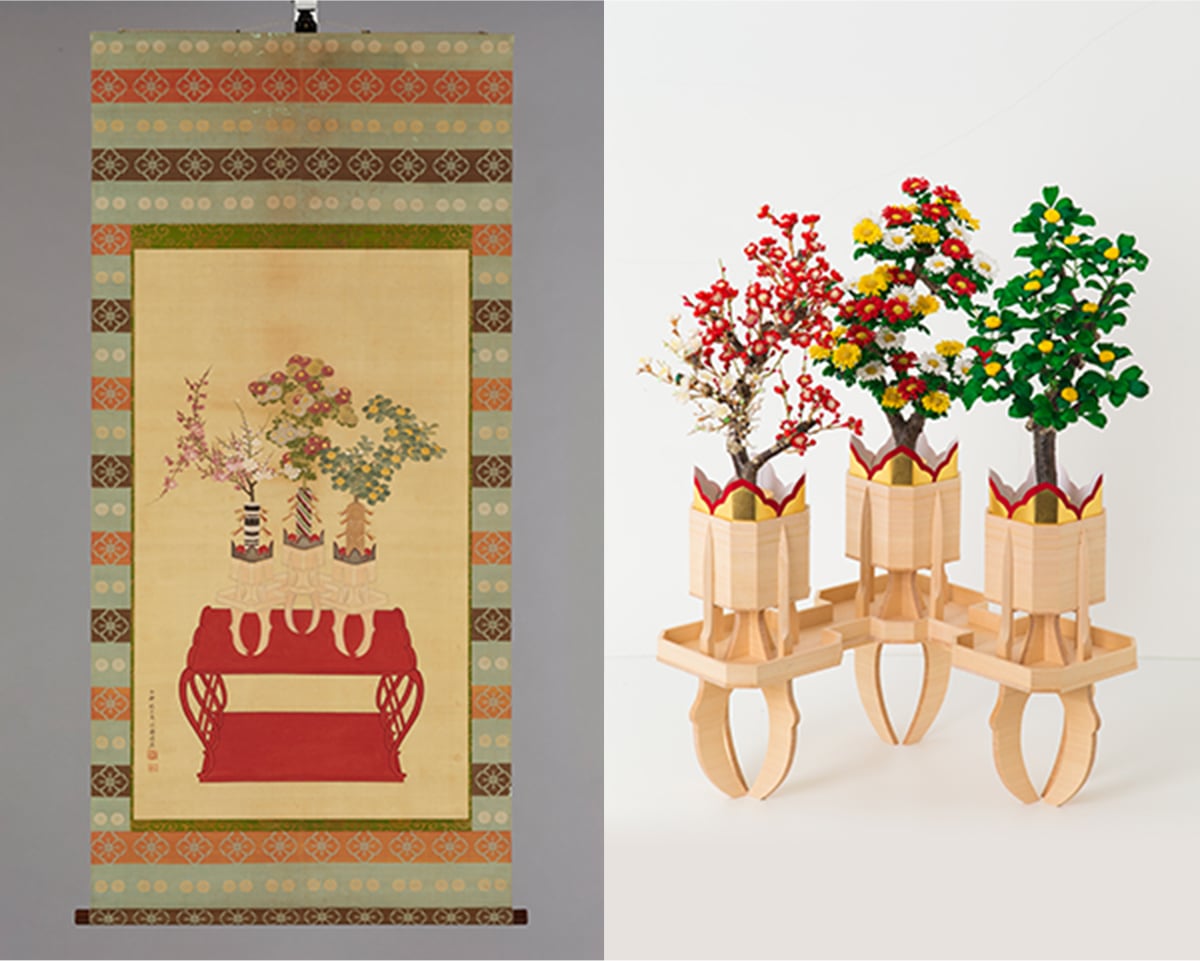
Chikiri-dai, the platforms and offering for the deity
“Chikiri-dai” is a special platform used in a ritual that takes place as part of the “Wakamiya On-Matsuri Festival” at Kasuga Taisha Shrine in Nara, which began in 1136 and continues to the present day. This platform is utilized in ceremonies associated with costumes and the processions of court officials. Ancestors of the Chikiriya family traditionally dedicated the Chikiri-dai to Kasuga Taisha Shrine every year. The Chikiri-dai consists of three connected octagonal platforms adorned with decorative paper flowers known as “Chikiri-bana” featuring motifs such as plum, tachibana orange, and chrysanthemum.
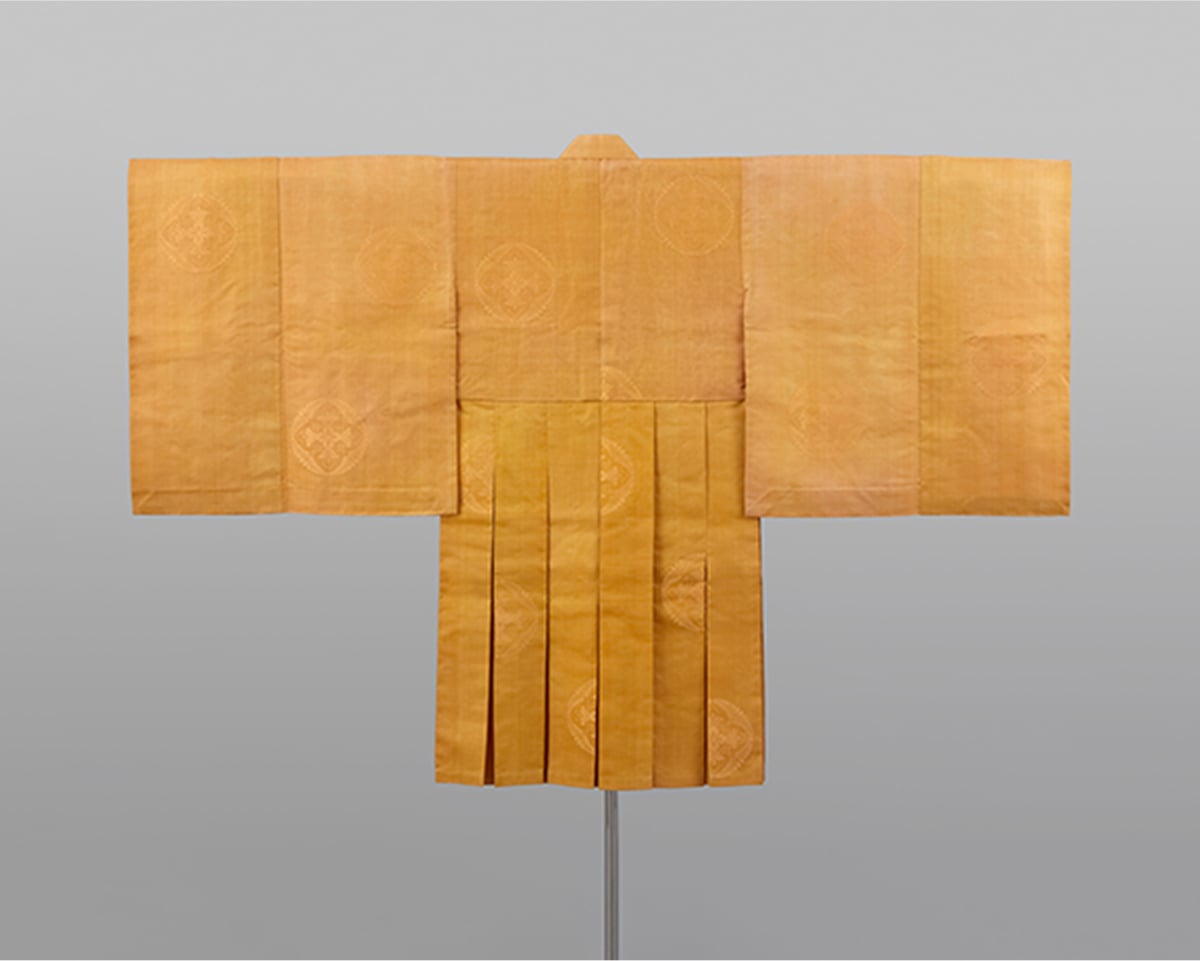
Onshozokushi, the vestment purveyor
The role of a vestment purveyor includes the procurement of noble vestments and Buddhist altar cloth suitable for different family status as well as various occasions, which necessitates a profound knowledge of the colors and costumes based on studies on the practices of the court or military households. The knowledge, culture, and norms of court nobles are defined in studies on the practices of the court or military households, including costumes, furniture, Japanese court music, cookery, and tanka, (short Japanese poetry).
The knowledge, culture, and norms of court nobles are defined in studies on the practices of the court or military households, including costumes, furniture, Japanese court music, cookery, and tanka short Japanese poetry.
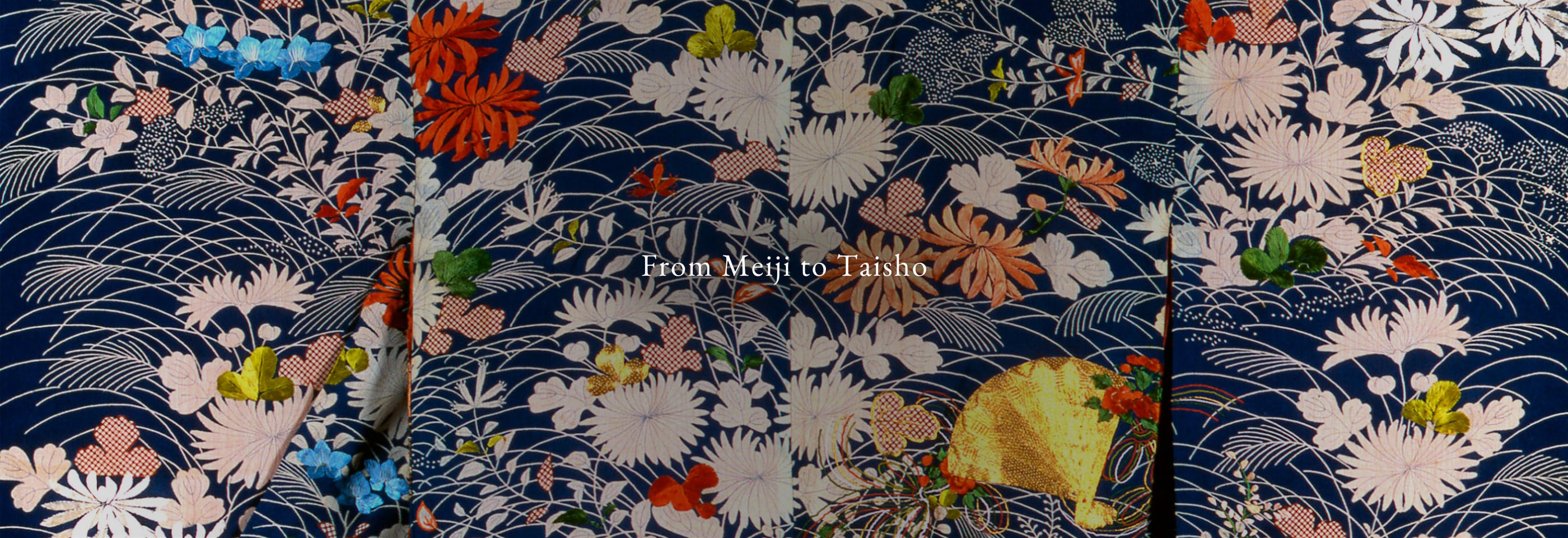
At the beginning of the Meiji period (1868-1912), Chiso shifted its main business to Yuzen dyeing.
We started to asked Japanese-style painters to create rough sketches in order to bring new perspectives to the conventional design.
This actually was the beginning of a new era of Yuzen dyeing.
Chiso proactively developed new technology and techniques.
The company launched masterpieces utilizing various best techniques,
such as velvet Yuzen, Utsushi Yuzen (a technique of dyeing fabric with glue mixed with dye), and embroidery
which led to the company receiving many prizes and awards in domestic and international exhibitions.
In the Taisho period (1912-1926), Chiso opened branch offices in Tokyo,
Yokohama, and Kobe in Japan, as well as overseas including in China, Korea, Thailand, and Singapore.
The company expanded its business by exporting merchandise to Europe, Southeast Asia, and the Middle East.
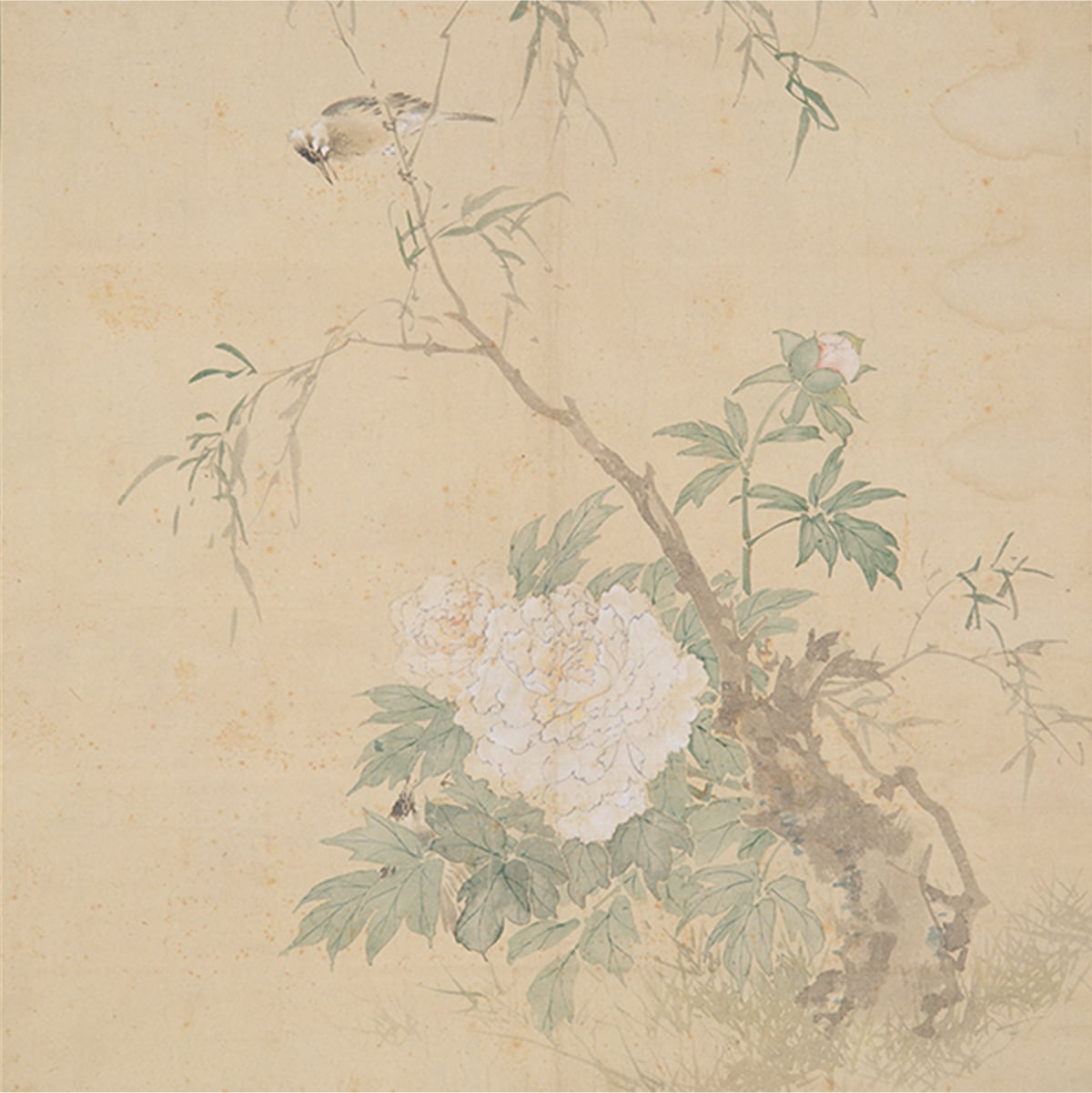
Appointing renowned painters for design
At the time of our 12th generation family head, Sozaemon Nishimura, the design of Yuzen was somewhat subdued. In order to revitalize it, he decided to appoint leading artists in the modern Kyoto art scene to create rough sketches for Yuzen designs. Chikudo Kishi, Keinen Imao, and Bairei Kono were some of the artists involved.
This idea of creating fresh designs with these artists assistance gave a great financial support to these artists, especially during the difficult time of the capital transferring to Tokyo and Haibutu Kishaku (abolishing Buddhism and destroying Buddhist images). Ultimately, therefore, Chiso was also taking a great role as a patron of the artists.
He in order to rejuvenate the somewhat formalized designs at that time.
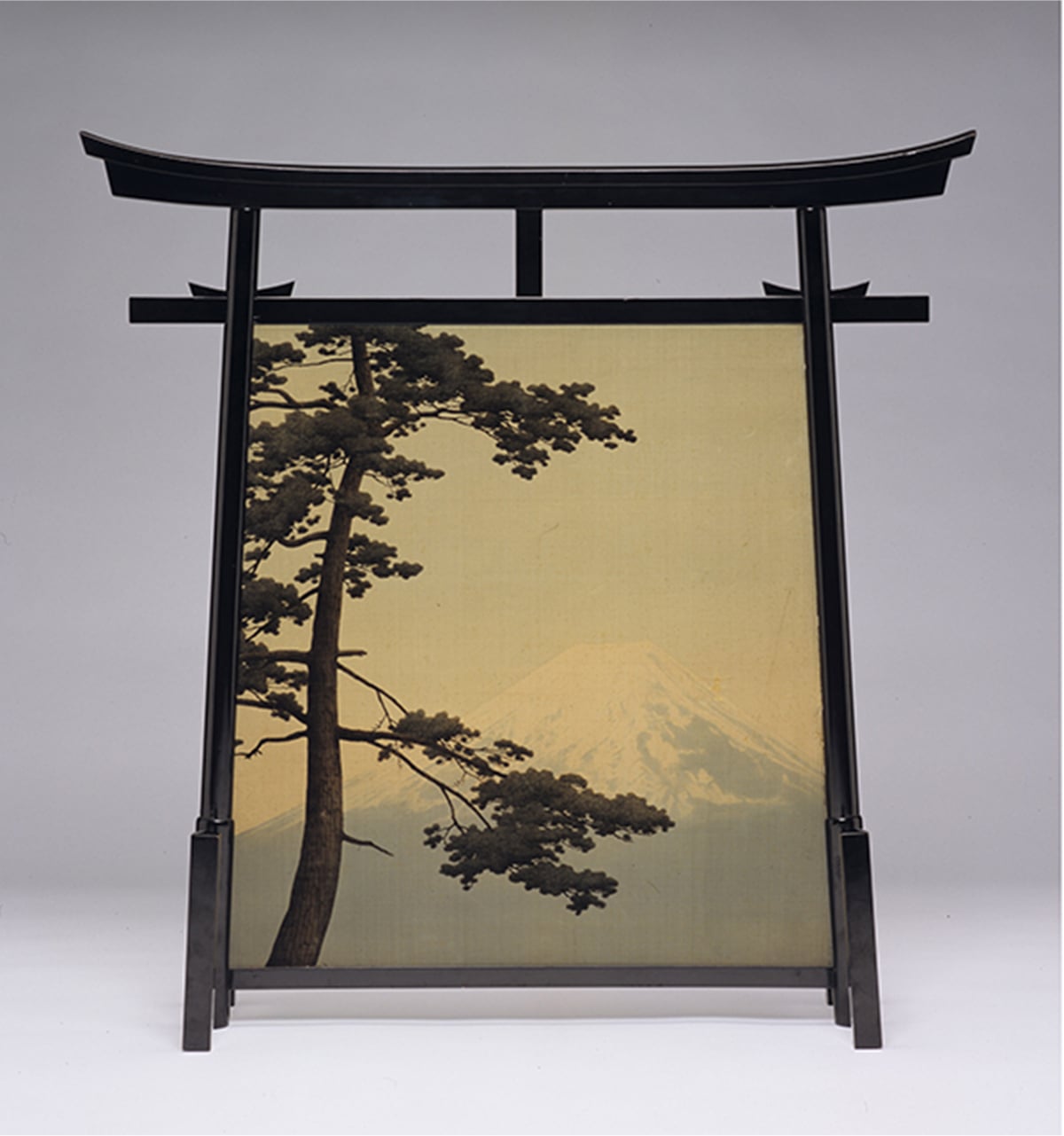
Velvet Yuzen
Velvet Yuzen is a technique which dyes a velvet fabric with the Yuzen-dyeing.
By cutting and partially raising the nap of the velvet, a three-dimensional effect can be achieved, creating a difference in texture. This technique allows for a more nuanced and layered visual representation.
Chiso was highly rated for the tapestries inspired by Western room decorations and the screens decorated with velvet Yuzen. Even the Imperial Household Ministry (currently, the Imperial Household Agency) purchased some of these works.
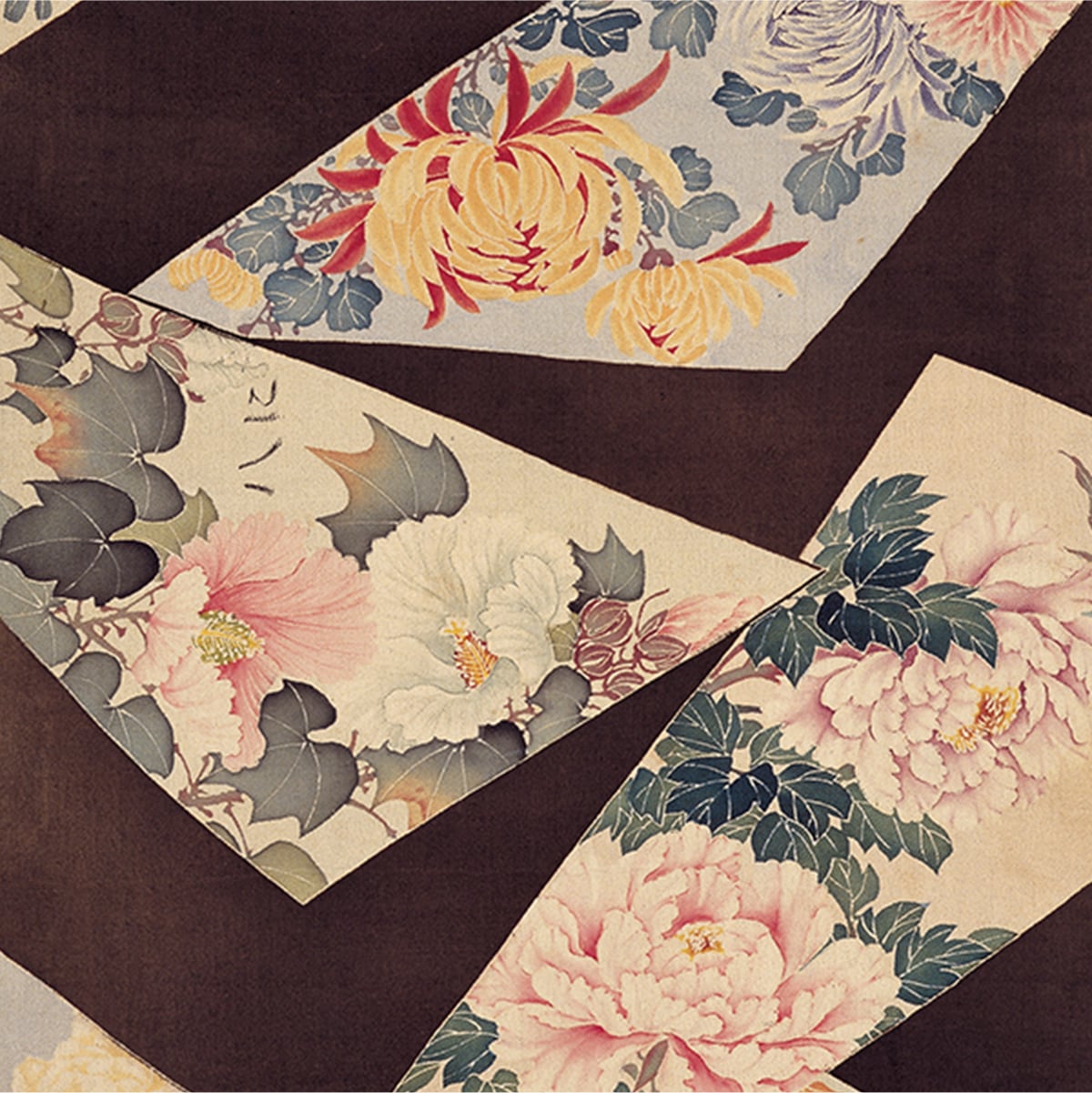
Stencil Yuzen
During the Meiji period (1868-1912), Utsushi Yuzen was developed. It is a dyeing technique that uses a mixture of chemical dyes and paste brought from overseas to dye patterns onto fabric using stencils. This method enables vibrant and multi-colored expressions.
Chiso incorporated this Utsushi Yuzen technique in its very first stage. We called the items produced with Utsushi Yuzen as “Kamogawa-dye” and exhibited them at the Kyoto Expo in 1878. Chiso’s Yuzen became prominent with its rich colors and bold patterns created by Japanese-style painters.
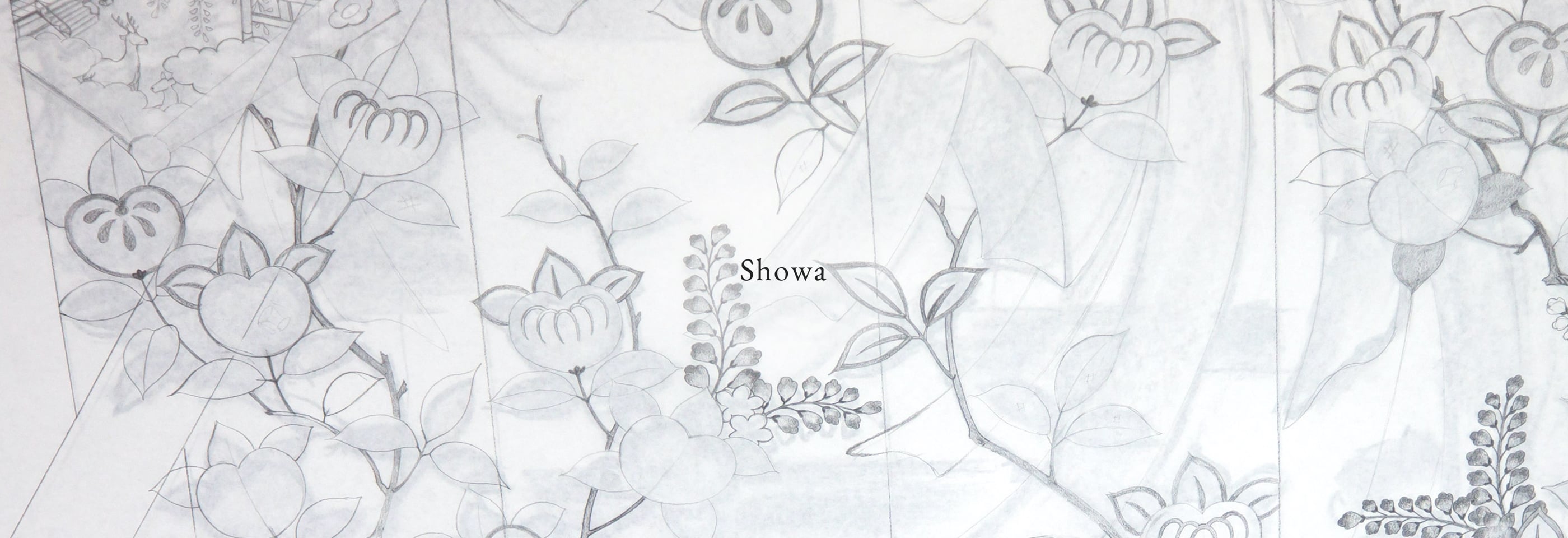
When the Showa period (1926-1988) began, due to the WWⅡ, Japan became more militaristic, moving toward national unity.
Undoubtedly, in such a situation,
the dyeing and weaving industries in Kyoto faced a harsh situation.
To face this predicament, Chiso established the laboratory, Nishimura Sosenshoku Kenkyusho,
to preserve and continue a variety of techniques even during such a difficult period.
After the war's end, Chiso recovered relatively earlier than other companies using traditional techniques that they had protected,
and devoted itself to Kimono making.
At the same time, the company expanded its business to the department stores nationwide,
and envisaged to become a brand, known for delivering first-class Kimono.
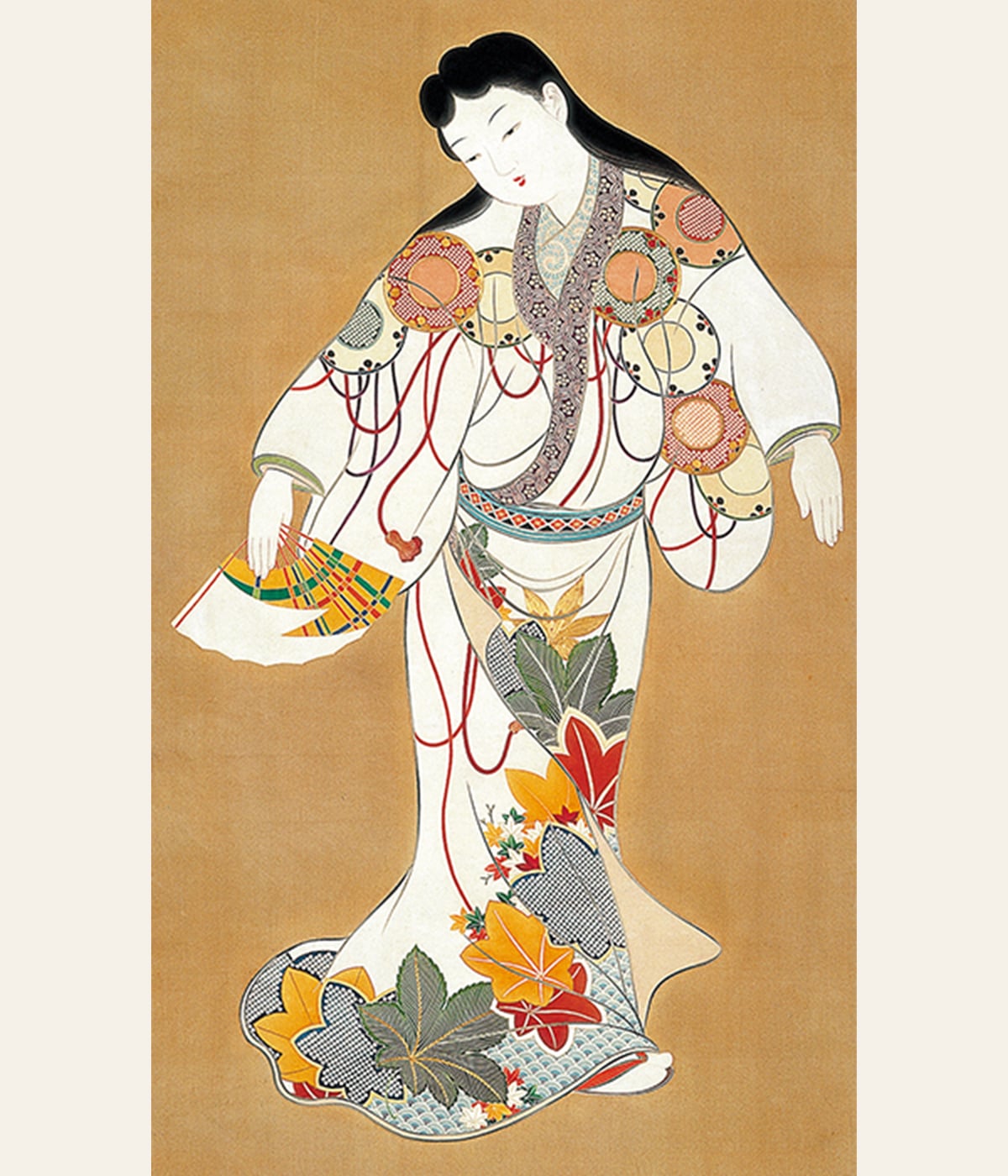
Conservation & inheritance of traditional techniques
When WWII began, under the Regulation of the Production and Sale of Luxury Items enacted in 1940, the government prohibited the manufacture and sale of such goods, which included Chiso's luxurious Kimono.
Even during such a difficult time, the Sozaemon Nishimura XIII founded the laboratory with the purpose of preserving the qualified techniques. Thanks to this tactful handling, Chiso was allowed continuously to produce dyed and woven articles during the war.
From the dyed and woven items that Chiso preserved, one can sense the determination of artisans who applied their full range of skills even in challenging times when simply living day to day was difficult.
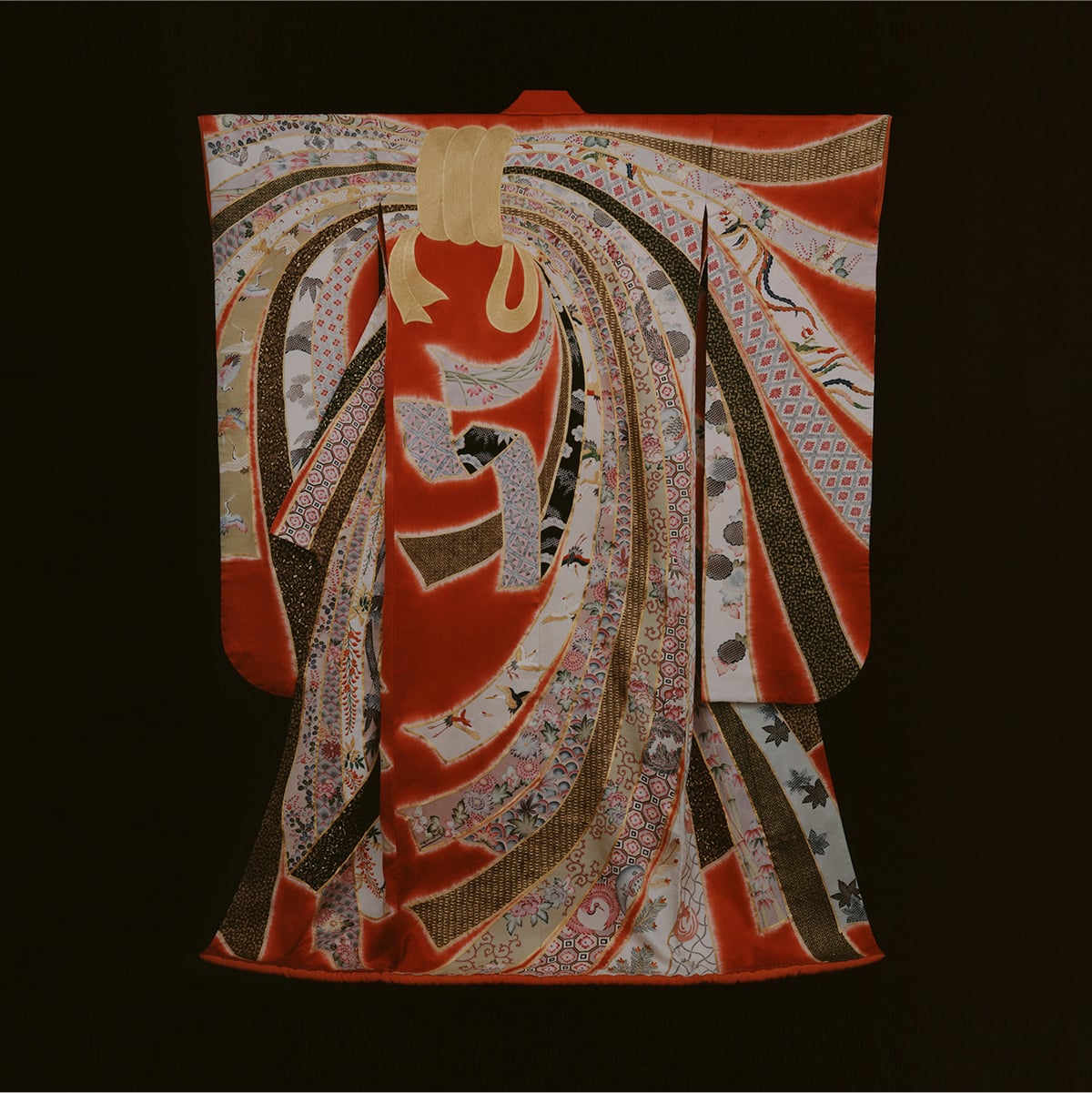
Our boundless pursuit
Chiso was responsible for the restoration of this exceptional Furisode (long-sleeve Kimono) with the Tabane-Noshi pattern which is considered the most valuable masterpiece of Yuzen dyeing (possessed by the Yuzen History Society represented by Chiso; Important Cultural Property).
Chiso has been committed to ongoing efforts in the restoration and creation of Kimono with the aim of passing on the improvement of artisan skills and excellent designs to future generations.
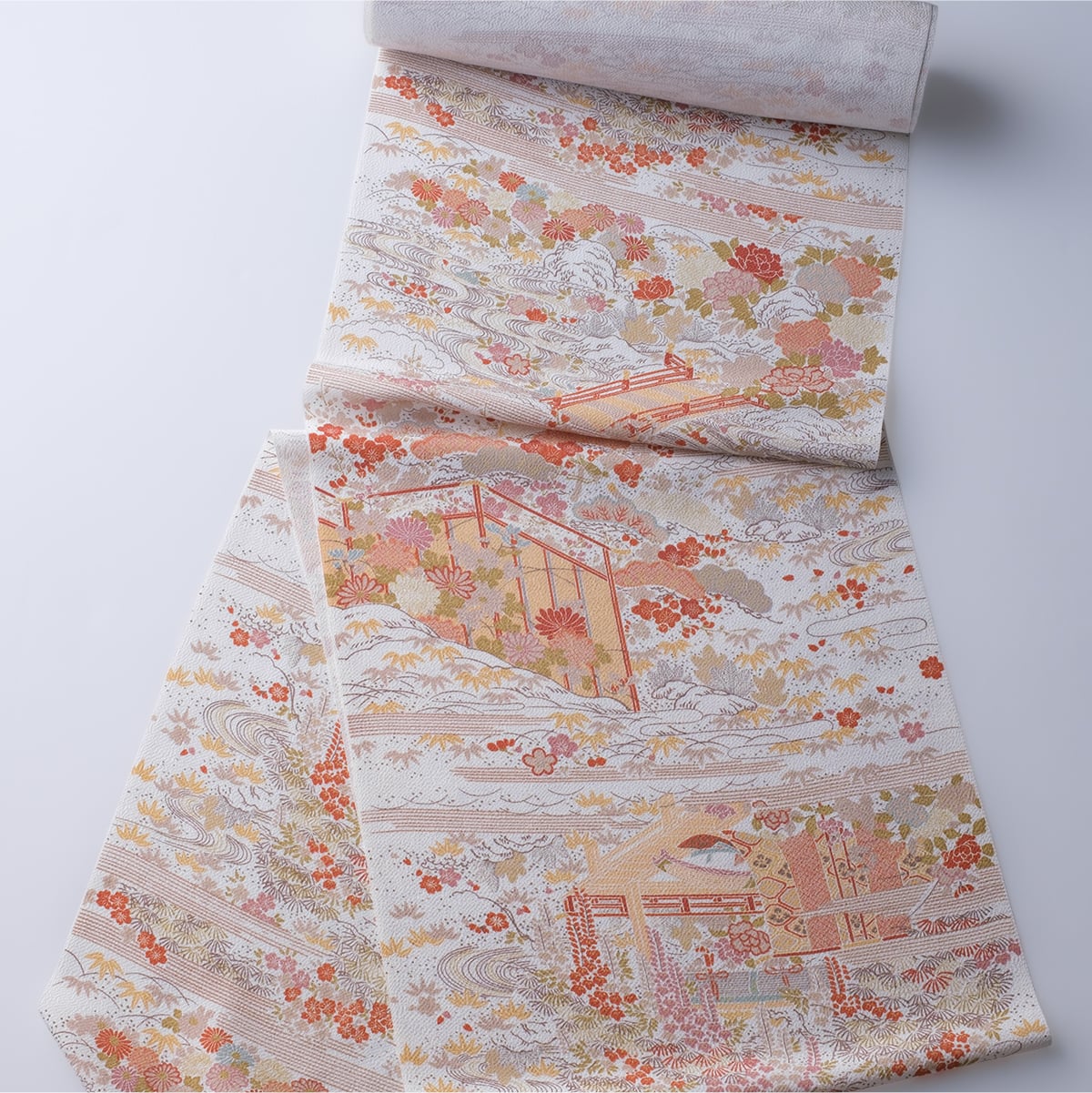
Luxury Kimono
Having survived the difficult postwar period, Chiso entered a new era amidst the rapid economic growth in Japan.
At the wedding of Prince Akihito in 1959, Chiso was honored to receive an order for Kimono and ornaments for Princess Michiko for their wedding.
The presented articles included a Kimono with “Hatsune Gosho-doki design” that was inspired by The Tale of Genji.
The design still remains our best seller today.
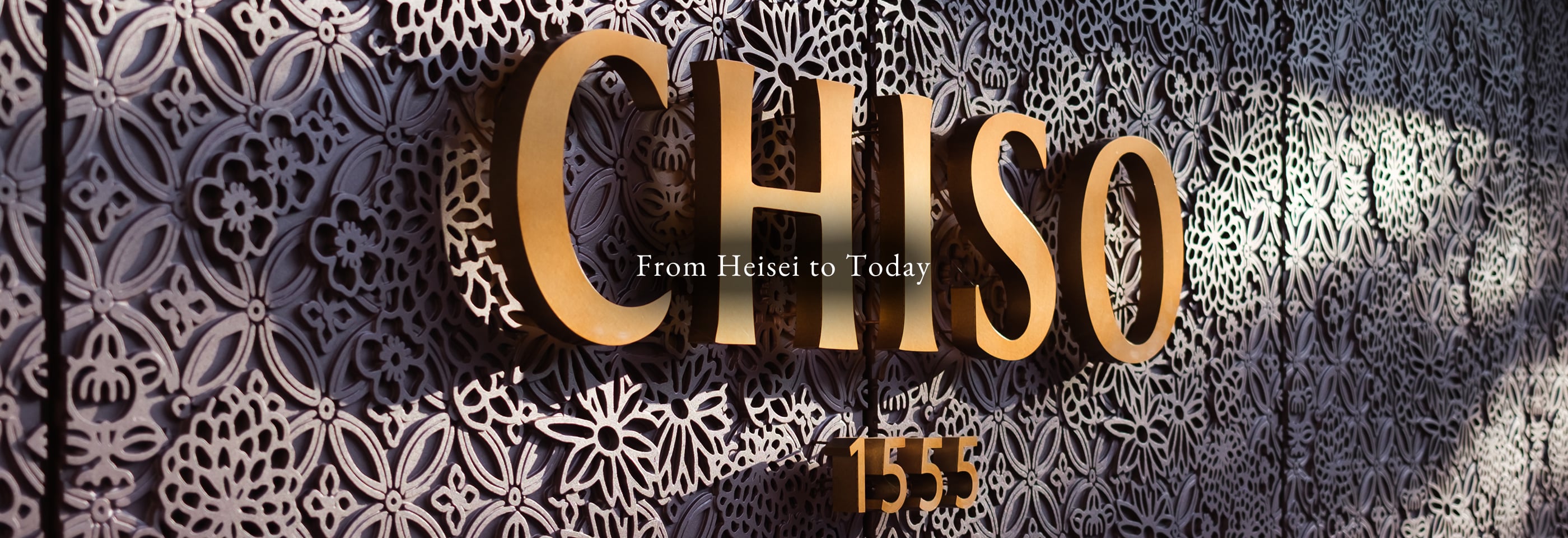
From the Showa to Heisei period (1988-2018), as the Kimono industry shrank, Chiso bravely challenged and entered into new fields of business.
At the Yuzen Art Exhibition which began in 2001,
Chiso successfully collaborated with domestic and overseas artists as well as fashion brands.
Since then, Chiso has been challenging the boundary of Yuzen through developing new products beyond Kimono.
At the same time, Chiso also has been supporting traditional industries and culture such as
Japan-made silk yarn or
has initiated actual research for the conservation and usage of cultural properties by establishing the Institute for Chiso Arts and Culture.
In 2020, we opened our flagship store in Kyoto,specifically in the vicinity of Karasuma Sanjo, an area in which Chiso has been dedicated to the pursuit of beauty since its establishment.
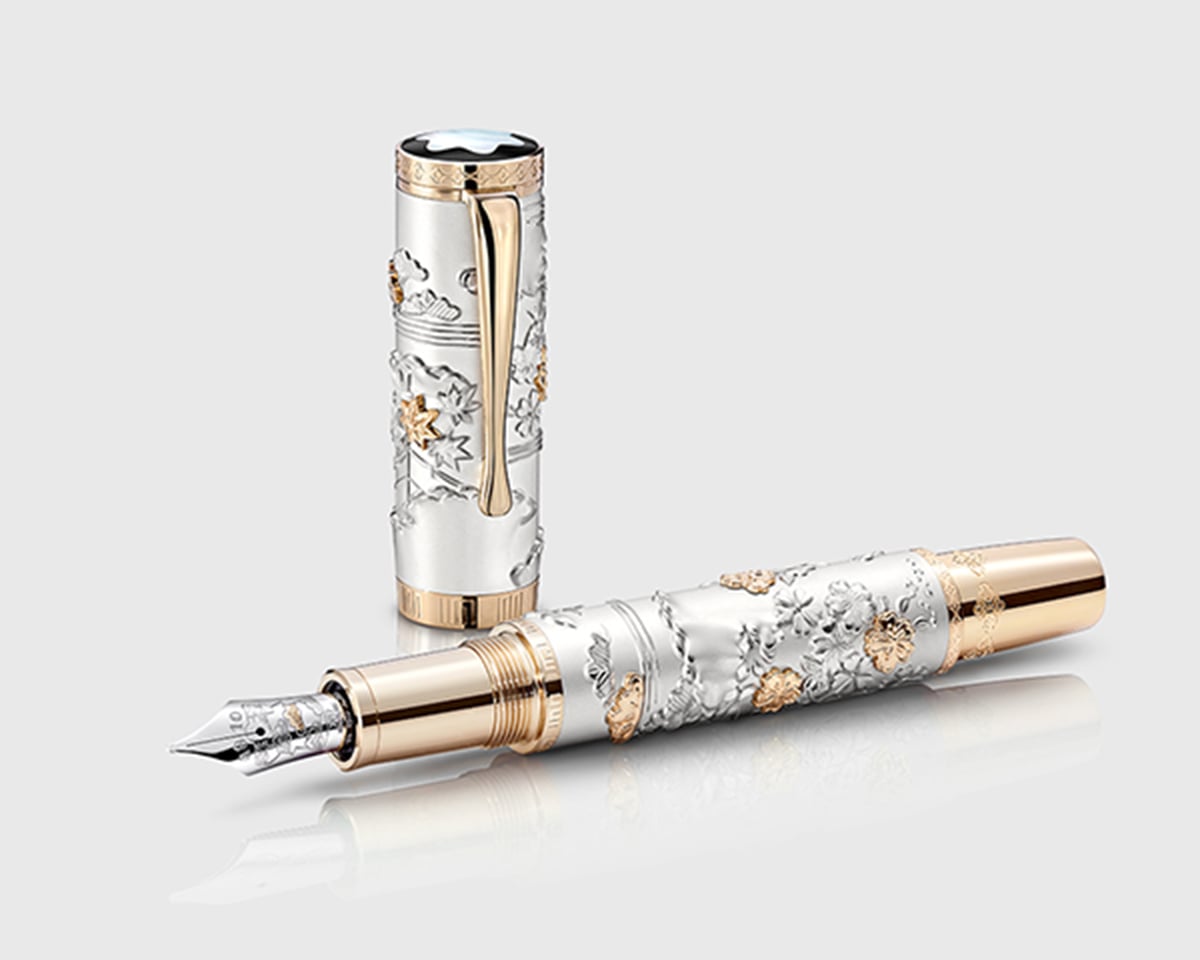
Collaboration
Chiso collaborates in a variety of fields with the designs from its internal designers as well as Yuzen dyeing techniques.
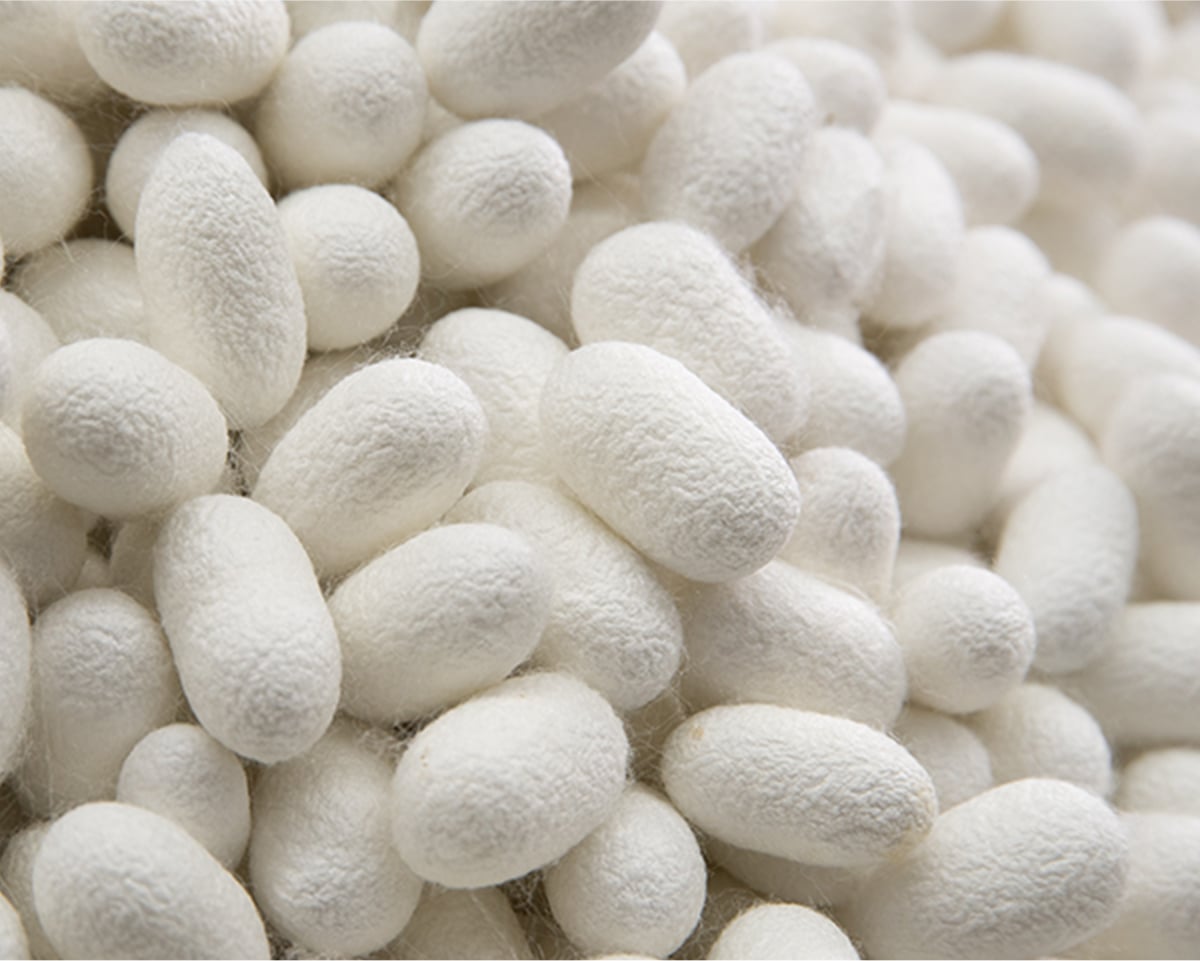
Pure Japanese silk
Today, Japan-made silk yarn accounts for less than 1% of overall distribution in Japan. To protect Japan-produced silk, Chiso has constructed a cooperative structure involving silkworm farmers in Tohoku (northern Japan) and retailers across the country with subsidies provided by the Ministry of Agriculture, Forestry and Fisheries.
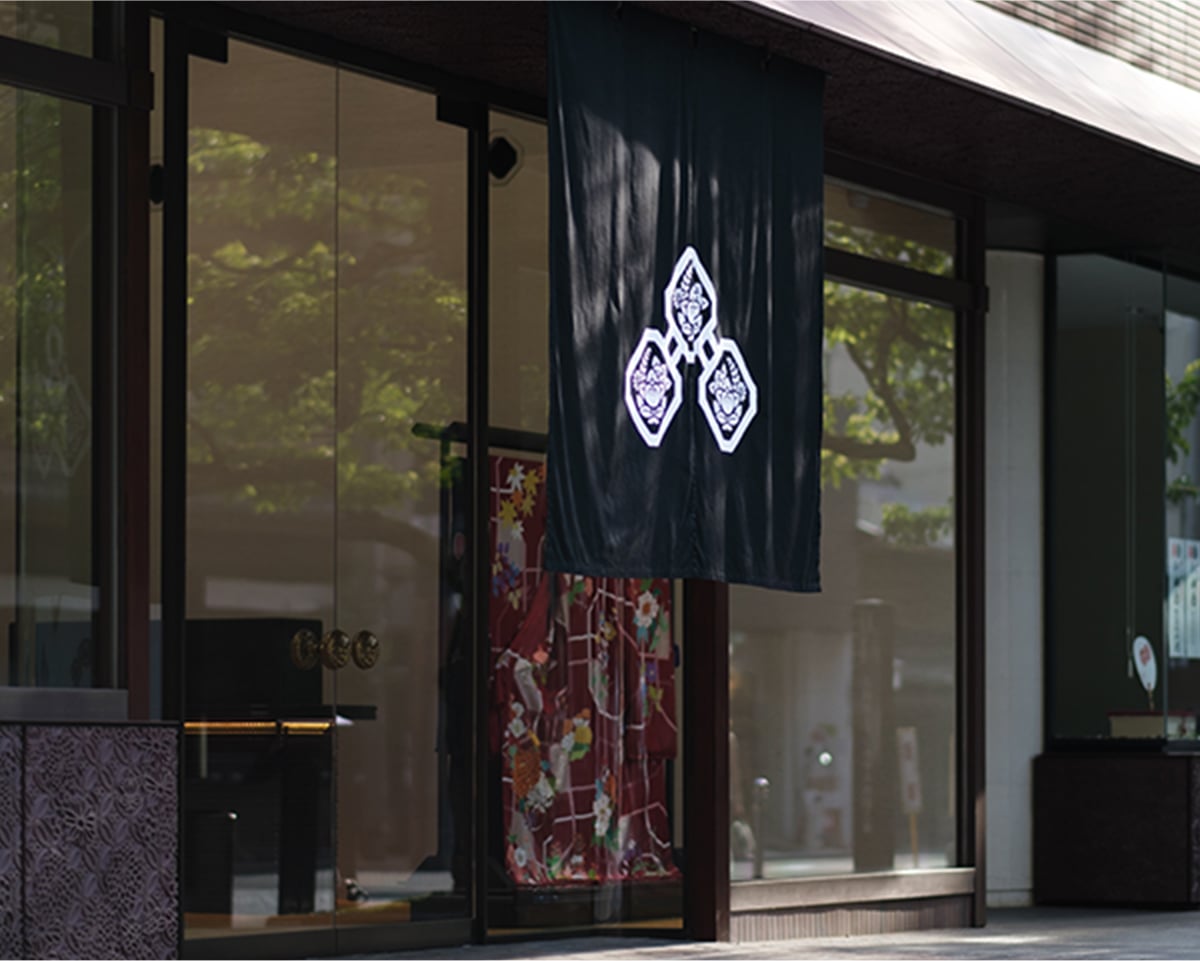
Chiso Flagship Store
In the birthplace of Chiso, our flagship store has emerged as a place where anyone can enjoy the cherished techniques, culture, creativity, and artistry that Chiso has carefully passed down over the years. This is also the place where you can discover new forms of beauty.

